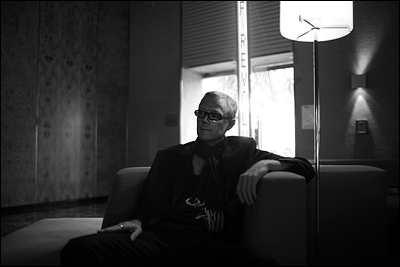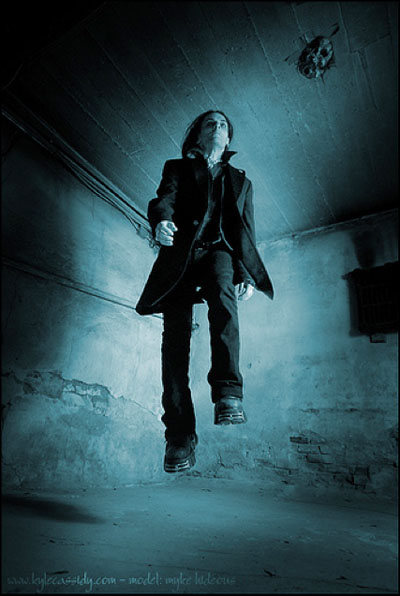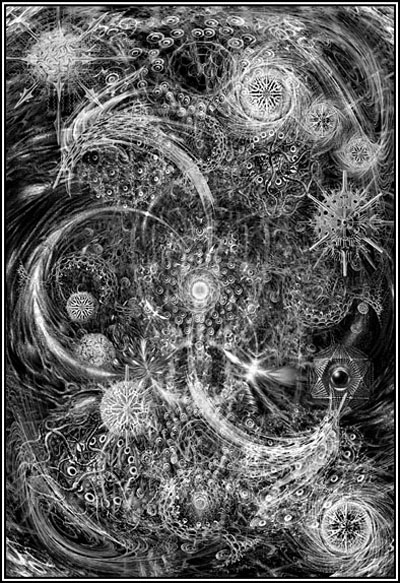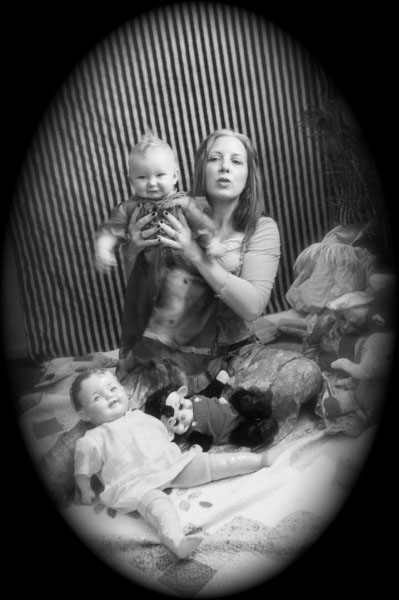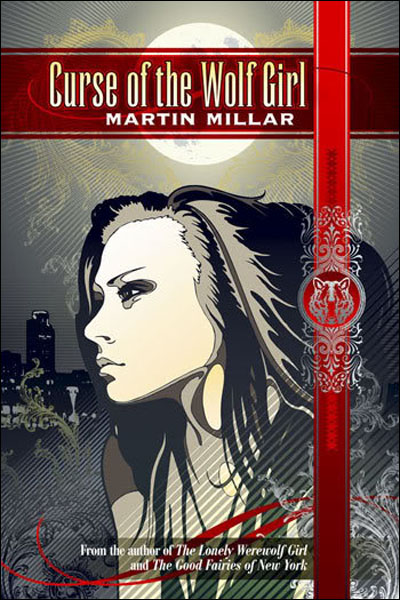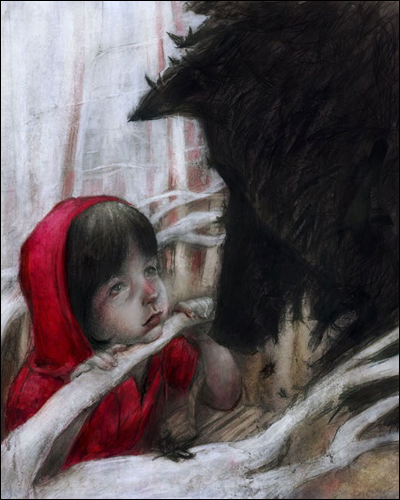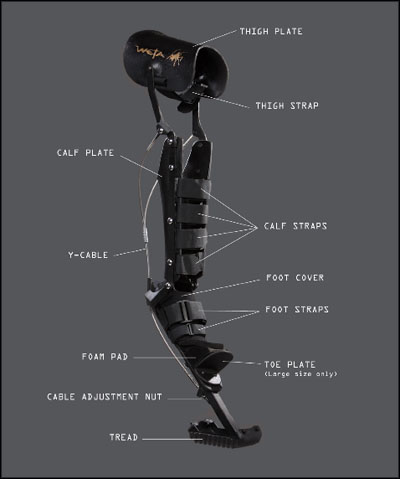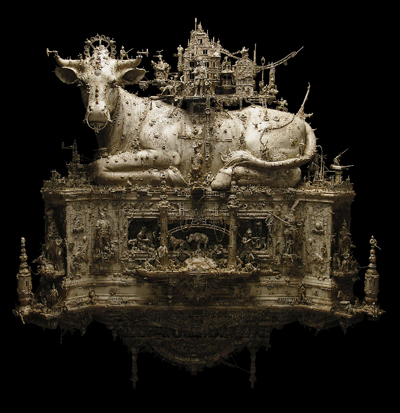Monster as Metaphor: John Allison, Webcomics Genius
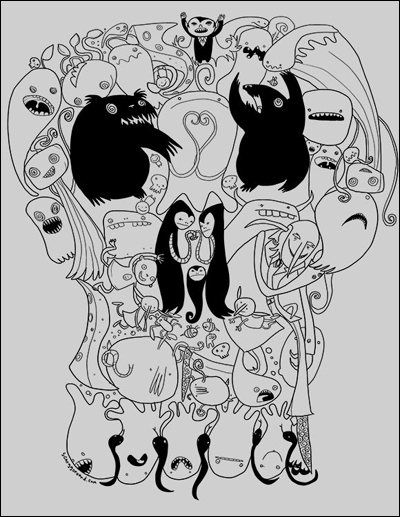
Art by John Allison
Devoted and cultish readers extol John Allison as “a rare gem in the often hard-to-navigate web comic underbelly.” Though you may not presently be reading John Allison’s current endeavor, Bad Machinery, chances are that you are perhaps already familiar with him through his older works, Scary Go Round (2002-2009) or Bobbins (1998-2002), or as an artist/chum linked to through one or more of his contemporaries.
Fans of Jeffrey Rowland’s Overcompensating for example, will recognize Allison as “The Englishman” , a British gentleman of dubious distinction who occasionally happens upon the scene to politely antagonize the regulars. Or, through Dumbrella Collective alum, R. Stevens, mastermind behind Diesel Sweeties and 8-bit illustrator of our charming editrixes here at Coilhouse. Maybe even through one of the dynamic guest strips he has provided over the years to one of your long-time favourite web comic artists.
Marked by clever, peculiar dialogue, absurdist humor, dotty characters (and delightful ladies fashion!), mysterious happenings and hi-jinks, and a dense mythology (though compelling and completely addictive, to which anyone who has begun to peek through his archives can attest) – John Allison’s story-telling genius is unmistakable. And in a medium where visuals are the reason most viewers show up in the first place, the exquisitely charming, highly stylized art is “as big a draw as the comedy”.
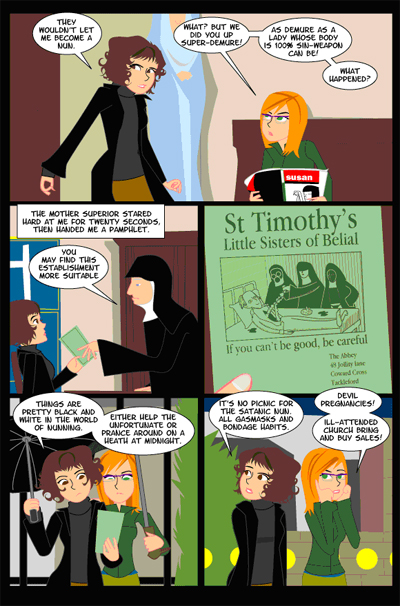
Scary Go Round, “Bulgaria”
Described as “postmodern Brit horror”, Allison’s previous comic, Scary Go Round followed the hapless denizens of Tackleford, a fictional British town beset by all manner of supernatural activity including, but not limited to: zombies, space owls, the devil, and portals to other dimensions. Though Scary Go Round ended in 2009, a few of his beloved characters have moved on to Bad Machinery, which picks up in Tackleford 3 years later. The focus is on an entirely new cast of sleuthing schoolchildren attending Griswald’s Grammar School, whose well-intentioned energies may be causing more problems than the mysteries they solve – but they throw themselves into it all with much vigor and aplomb.
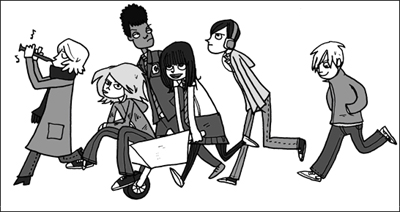
Bad Machinery Flyer Art for Thought Bubble
Coilhouse recently caught up with John Allison about his new endeavor; see below the cut for our Q&A in which John talks about the transition between old stories and new, the state of web comics today, and the meaning behind the monsters.




